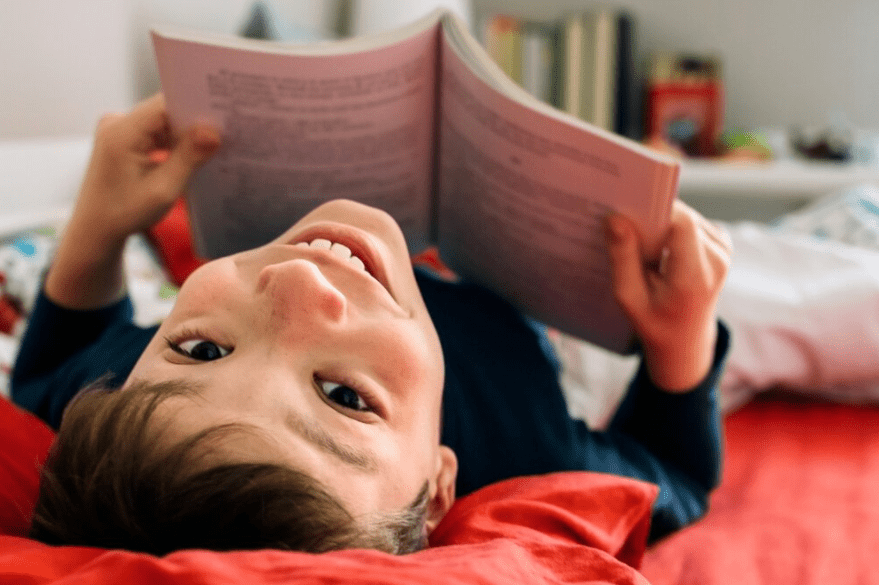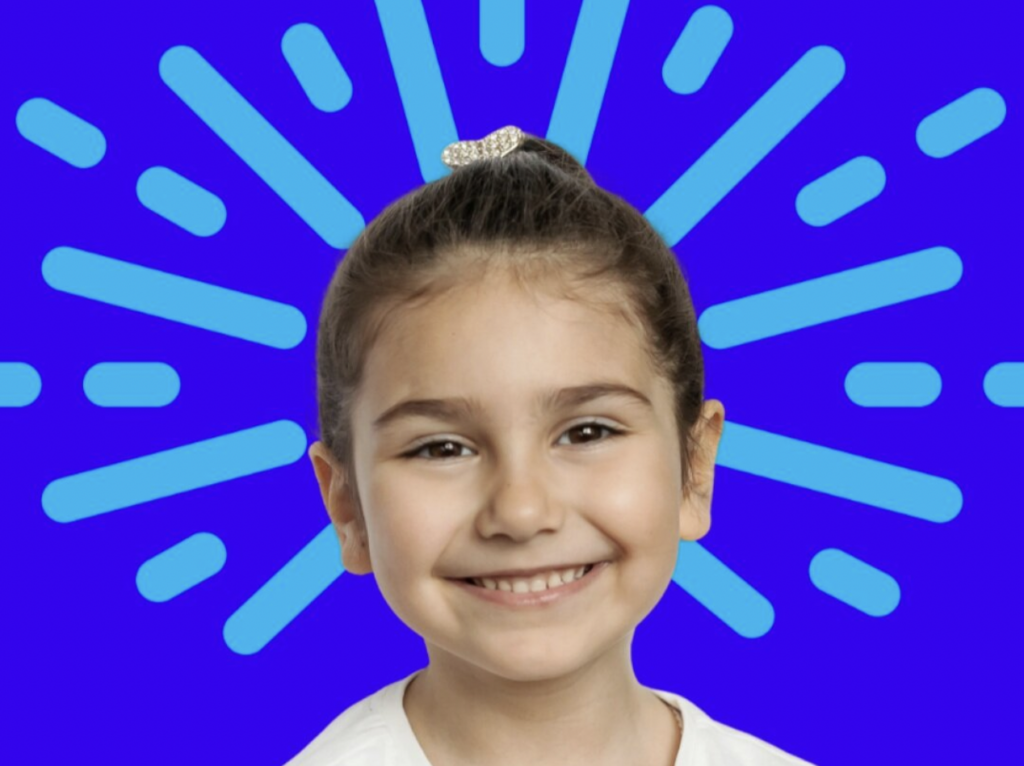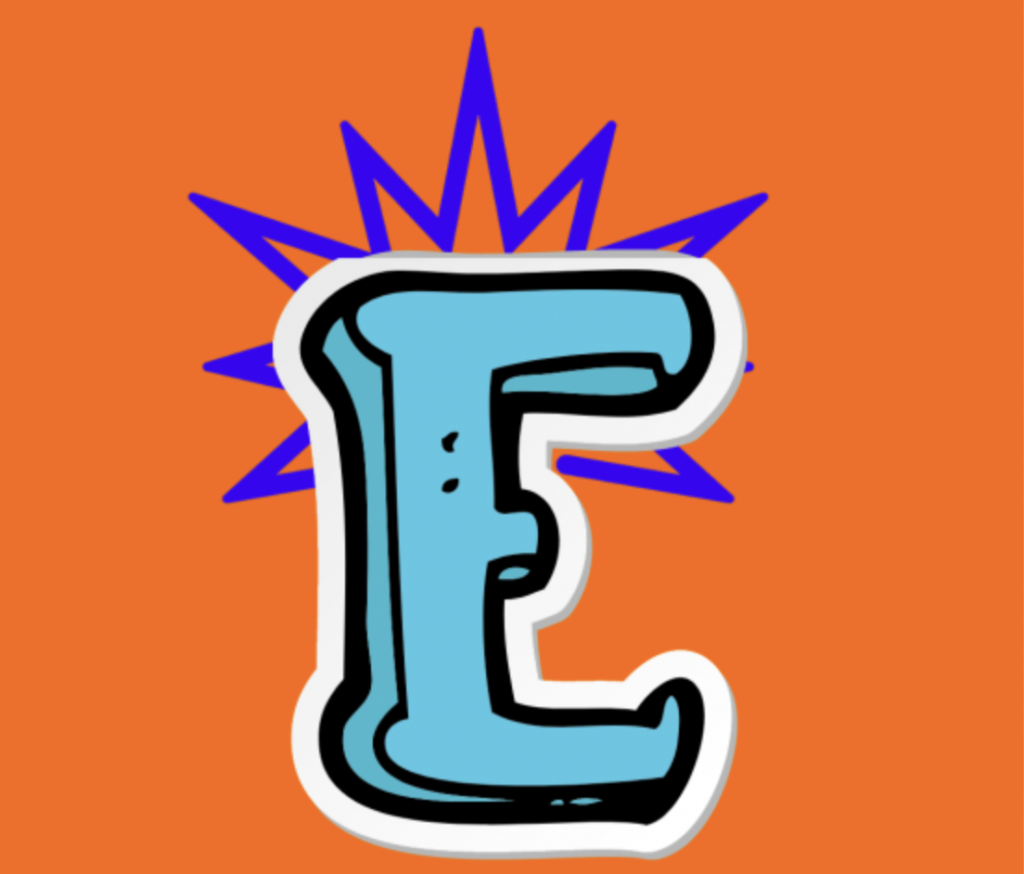
Multi-sensory instruction is a teaching methodology in which students have the opportunity to engage with content or activities using more than one sense. It’s a great teaching strategy to increase student motivation, and a highly effective way to make sure every student learns.
Why is Multi-Sensory Instruction So Important?
No two students learn in the exact same way. Some learn best by watching. Others learn best by listening. And many learn best by doing. All of the various ways in which we process new information are made even stronger when they are all available to us at the same time. Offering modes of learning that allow students to engage as many senses as possible ensures the maximum number of students will be able to access the lesson or activity. It also makes it much more likely that everyone will experience more meaningful learning.
What the Research Says
According to Waterford.org, children learn best through “whole brain learning.” This is where multiple areas of the brain are activated at once while the student is learning something new and it is proven to lead to much longer-lasting gains. One study in particular found that students who learned reading skills by simultaneously engaging their visual, auditory, and kinesthetic pathways experienced more profound reading gains than students who only learned using one method.
Examples of Multi-Sensory Learning
Many teachers become overwhelmed when trying to find ways to make all of their lessons and activities multisensory. But it doesn’t have to require hours of preparation or reinventing the wheel. Here are some simple, low-prep ways to make learning more multisensory for all students:
- Centers are a great way to differentiate what and how students learn. While centers can take some prep time in the beginning, when they are planned strategically and set up in the right way, they can be used and reused all year long!
- Introduce quiet instrumental music during independent work time.
- Give students access to audiobooks they can listen to and follow along with.
- Have students engage all the senses while learning letter sounds by singing songs about letters while making the letters with their bodies and having access to a visual of the letters.
- Let students buddy read with a peer.
- Give students manipulatives and modeling materials to explore concepts in math and other subjects.




